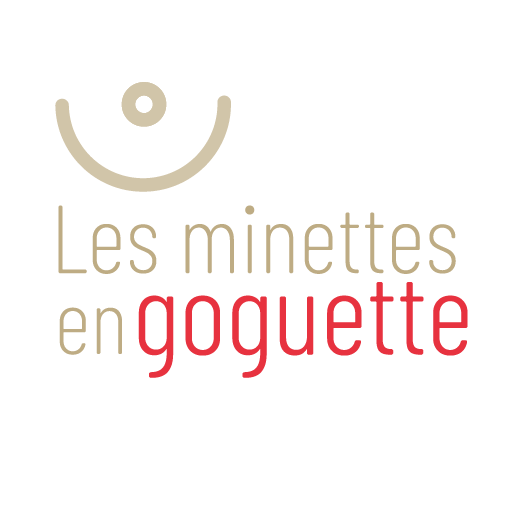Silk: zoom on an ancestral fabric

It is one of the oldest materials to be used, like the linen we talked about earlier. The first traces of this textile date back to 3000 BC ! Its manufacturing method was kept secret by China and gradually became more popular in the West thanks to the Silk Roads. It is now a fabric marketed all over the world, for our great pleasure!
Soft and silky, silk has good moisture absorption, and has thermoregulatory properties. But what is its impact on our planet?
Ecological impact
Silk is a biological material produced by insects: silkworms (which are actually caterpillars!). They are first fed white mulberry leaves and then killed. The silk threads come from the cocoon they make when they turn into a butterfly.
This type of culture needs large amounts of water , both for the growth of the mulberry trees and for the treatment of the cocoons. At the end of the transformation, the chemical treatment to dissolve sericin (one of the proteins of silk) leads to environmental pollution by dispersing in water.
It is also a type of agriculture that consumes a lot of energy (to maintain the crop at the right humidity and temperature) and a lot of chemicals . The use of pesticides, fertilizers and antibiotics is widespread in order to improve the health of the worms to be more profitable.
But apart from ecological problems, silk also poses ethical problems , because the culture of silk is criticized for its cruelty. To recover the silk threads, the workers boil the larvae, or starve them. According to PETA, 3,000 silkworms produce about 500g of silk. So 10,000 worms are needed to produce one silk sari.
On top of that, the workers are sometimes children and have poor working conditions.
What solutions exist?
Silk is biodegradable, and can be mechanically recycled by unraveling the product to recreate another. It's an identical process to that of wool which we talked about in our previous article!
In addition to that, the labels often have ecological AND ethical criteria. So you can be sure that GOTS-labeled silk, for example, has a low impact on the environment and protects workers.
There is also a type of silk, Ahimsa Silk or Peace Silk, where the cocoons are left to hatch and small cuts are made to allow the worms to flourish. It is a cruelty free method, without fertilizers and without chemicals! The word "Ahimsa" means "non-violence" in Sanskrit. It is an important principle in Buddhism, Jainism and Hinduism, which asks not to harm any living being. Ghandi used it for example in politics, with his passive disobedience towards the British.
Lenpur is also a more ecological solution, because it is a silky and shiny fabric made from white pine branch. The fabric comes from pruned wood, so branches cut to make the tree stronger, which avoids deforestation. It is therefore a very good alternative to silk!

We hope these solutions will help you consume in a more eco-responsible way!! And of course, stay tuned to discover our future articles on the different textiles on the market.





Leave a comment